Mundra - Coastal Gujarat Power Ltd (Plant)

Address
Coastal Gujarat Power Ltd (Plant)
(A Tata Power Company)
4000 MW UMPP
Tunda-Vandh Road, Village - Tunda
Taluka - Mundra - 370 435
Kutchh, Gujarat
4000 MW Mundra Ultra Mega Power Project (UMPP)
In the mid-1990s the Mega Power Project policy met with limited success. Hence, aligned with the objective of 'Power to all by 2012', the Government of India started planning Ultra Mega Power Projects (UMPP) in 2005. Each of the projects with an installed capacity of 4000 MW was envisaged with the intent to make power available at minimum cost through economies of scale and superior, energy efficient and environment-friendly technology.
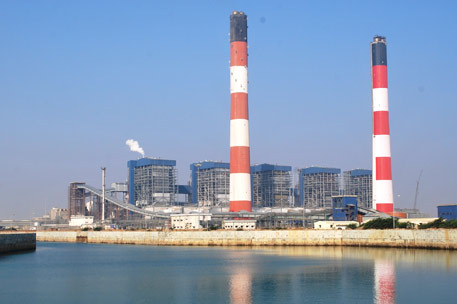

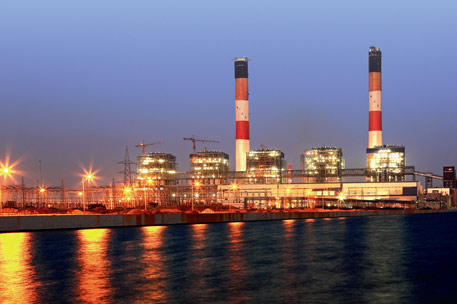
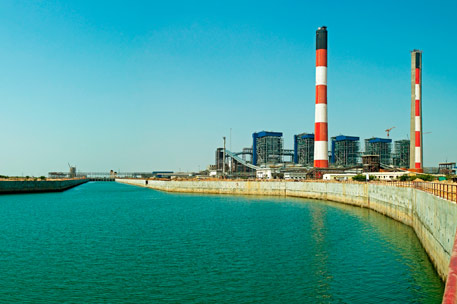
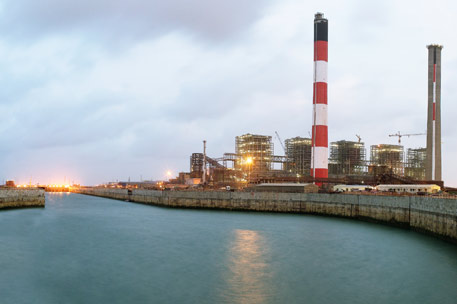
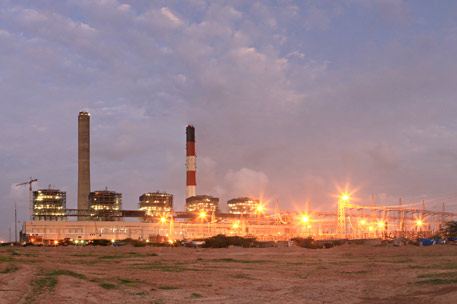
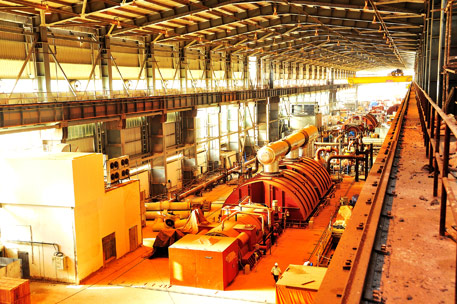

The Mundra UMPP - A Source of Clean and Abundant Power
Coastal Gujarat Power Limited (CGPL), Tata Power's wholly-owned subsidiary, has implemented the 4000 MW (800 x 5 units) UMPP near the port city of Mundra in the state of Gujarat in India. This UMPP is India's first 800 MW unit thermal power plant using supercritical technology, and is arguably the most energy-efficient, coal-based thermal power plant in the country.
As per the bidding norms, the Project was designed to be run on imported coal. The Project benefits close to 16 million domestic consumers apart from supplying cost competitive power to industry and agriculture.
The Project supplies power to five states namely Gujarat, Rajasthan and Maharashtra in Western India and to Haryana and Punjab in Northern India, which were earlier facing shortage of electricity. It provides a competitive source of power and helps meet these states’ growing demand for electricity. Reliable power from the project helps improve the competitiveness of the manufacturing and services industries, which often relied on expensive standby diesel generation to meet their power needs. Competitively priced power also improves access to electricity in rural and urban areas, while reducing the subsidy burden on the state Governments.
Mundra UMPP Highlights
- India’s first 4000 MW private power project near Mundra Port, Gujarat
- India’s most energy efficient plant using supercritical technology
- Main power generation equipment sourced from Korea and Japan
- Creation of 5000 construction jobs and 700 operations-oriented jobs
- A plant with lower Greenhouse Gas (GHG) emissions
- The Mundra Project will meet 2% of India's power needs
- Consumers in five of India's power starved states benefit from this project
- All the 5 Units (Units 1, 2, 3, 4, and 5) have been commissioned
Community Development Initiatives
CGPL team understood that community participation is a critical success factor for any development effort and keeping this in mind it started with the following community development initiatives at the beginning of the project:
- A series of consultative dialogues with village elected representatives, opinion leaders and the community at large
- Issue based Participatory Rural Appraisal (PRA) and MLP (Micro level Planning) with the assistance of recognized research agencies in the field of social development through the involvement of the community and opinion leaders is being undertaken so that the plan and need may come directly from them i.e. the approach of bottom up paradigm
- A ‘Triple Bottom Line Approach’ of sustainable development which has helped in achieving a satisfied community that has trust and faith in the Company and its operations
- Initiatives such as establishment of milk collection centre, horticulture demo plots, drip irrigation, Biogas plants in households and schools, Check dams, RO (Reverse Osmosis) plants for schools and the community, livelihood enhancement programmes, installation of boat light, education initiatives etc. has been initiated with the support of Non-Government agencies like PRATHAM, VRTI, Aga Khan Rural Support Programme (India) and Government agencies like Fisheries department (GoG), WASMO, ATMA, GLPC, DRDA etc. CGPL is constantly striving to carry out development activities with the help of specialized agencies and also through support of Government Programmes/Schemes
- Cooperation from the village Gram Panchayat has led to the formation of the Village Development Advisory Committee (VDAC), which is the first contact point for the Company for all developmental work to be carried out in the respective villages
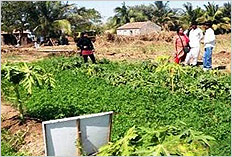 Horticulture model demo
Horticulture model demo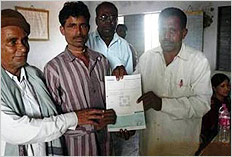 Livelihood grant to fishermen
Livelihood grant to fishermen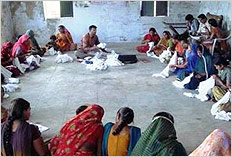 Tie & dye training
Tie & dye trainingCommunity Organization and Institution Building
- Construction and establishment of Community Information Centre by constructing a traditional structure called Bhunga
- Institution formation and strengthening: Village Development Advisory Committee (VDAC), Self Help Group (SHG), Adolescent Girls' Learning Centre
- Creation of guard file for different Government schemes
- Study and Research
- Capacity building program for self-help groups, VDAC
- Promotion of Lok Dayro to promote local culture and community interaction
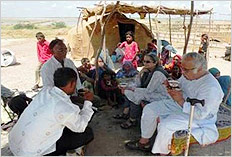 IFC visit
IFC visit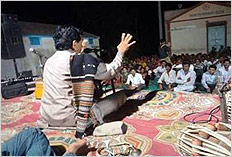 Lok dayro
Lok dayro